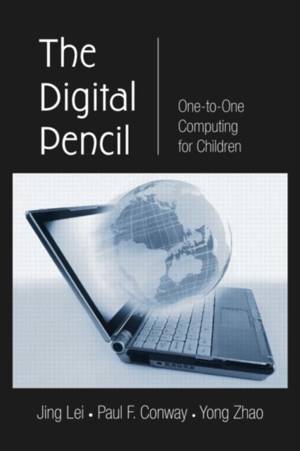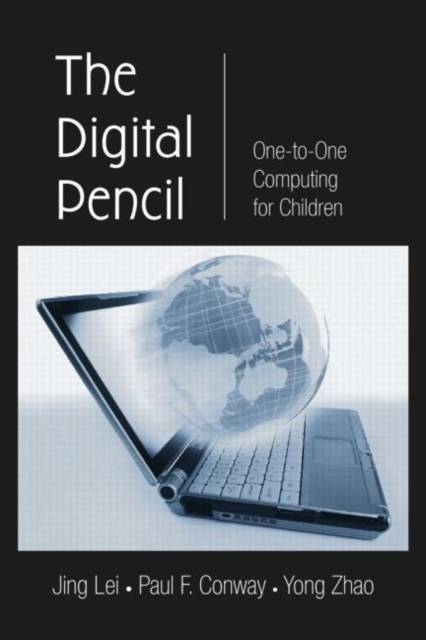
- Retrait gratuit dans votre magasin Club
- 7.000.000 titres dans notre catalogue
- Payer en toute sécurité
- Toujours un magasin près de chez vous
- Retrait gratuit dans votre magasin Club
- 7.000.0000 titres dans notre catalogue
- Payer en toute sécurité
- Toujours un magasin près de chez vous
The Digital Pencil
One-to-One Computing for Children
Jing Lei, Paul F Conway, Yong ZhaoDescription
This book takes a serious historical and international look at the "digital pencil" movement to equip every student with a computing device with wireless connection. Using an ecological perspective as an overarching framework, and drawing on their own studies and available literature that illuminate the issues related to one-to-one computing, the authors present well-reasoned discussions about a set of complex and critical issue facing policy makers, educators, students, parents, and the general public.
The Digital Pencil addresses four key questions:
- Is the digital pencil a good idea? The authors analyze the costs and benefits of one-to-one computing programs through consideration of multiple indicators and examine the evaluation reports of various projects within their analytical framework to present a comprehensive summary of outcomes of one-to-one computing projects.
- What happens when each child has a networked computer? The authors analyze existing data with the goal of gaining insights and making suggestions and recommendations for policy makers, teachers, and parents.
- What should schools purchase or lease - is there an ideal device? These authors examine the relative advantages and disadvantages of different devices and implementation schemes.
- How do we know if one-to-one computing is making a difference? The authors review the evaluation plans of the various projects and propose a framework for comprehensive evaluation and research on one-to-one computing.
This book is intended for researchers, school administrators, educational technology professionals, and policy makers in the U.S. and around the world, and as a supplemental text for advanced courses in education, technology, and technological innovation.
Spécifications
Parties prenantes
- Auteur(s) :
- Editeur:
Contenu
- Nombre de pages :
- 272
- Langue:
- Anglais
Caractéristiques
- EAN:
- 9780805860603
- Date de parution :
- 01-09-07
- Format:
- Livre relié
- Format numérique:
- Genaaid
- Dimensions :
- 154 mm x 236 mm
- Poids :
- 508 g







